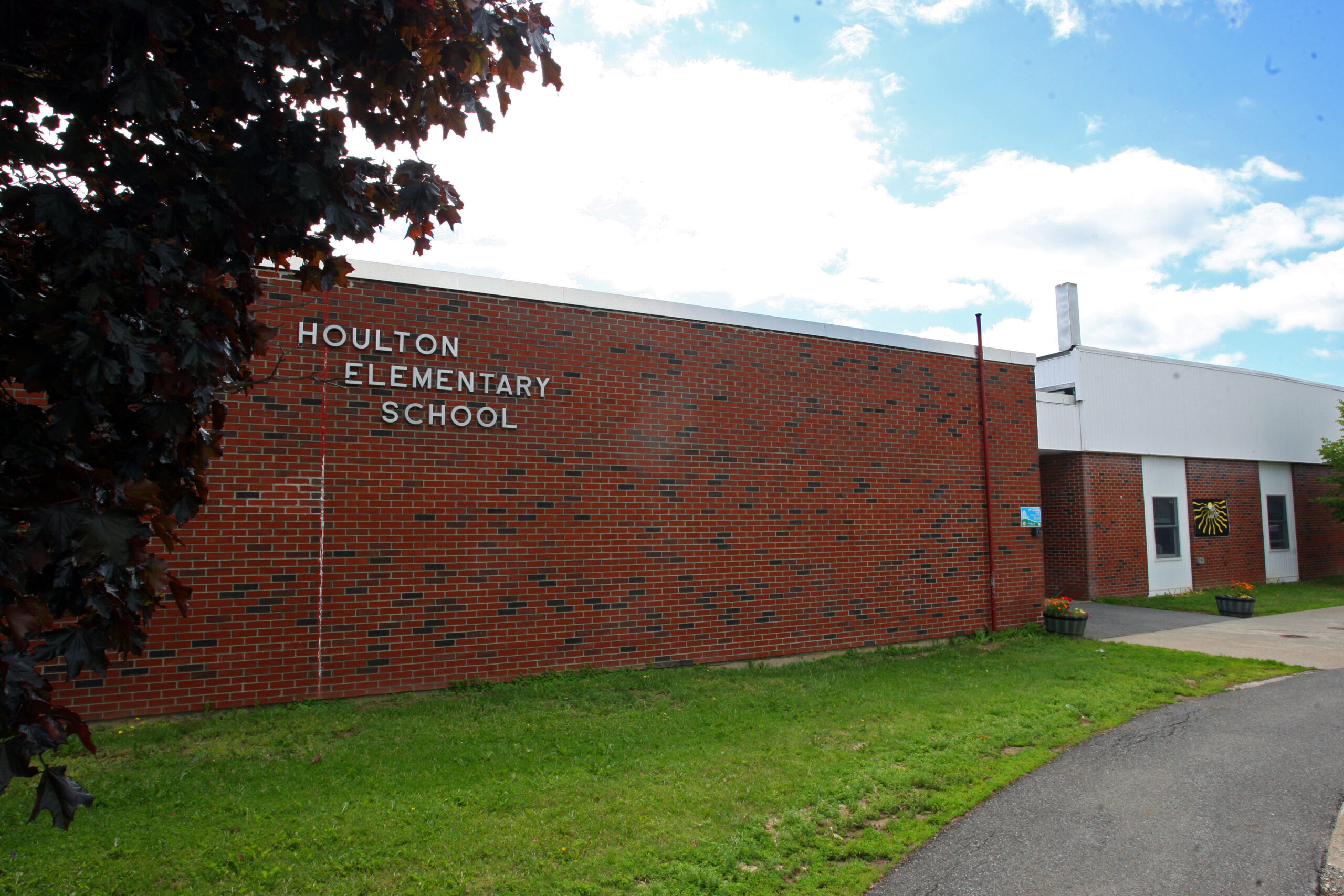
HOULTON, Maine — Administrators’ hopes of replacing the 48-year-old elementary school hit a snag this past week after the Maine Department of Education released its priority list for school construction projects on June 14.
RSU 29 officials had hoped their effort to replace Houlton Elementary School would be near the top of the list for funding, but Houlton ranked 14th out of 74 applications, which means it is not likely to be funded in the immediate future. Houlton’s project scored a 105.43. RSU 49 was ranked first on the list with a 137.69 for its plan to replace Fairfield Primary School.
Still, RSU 29 officials remain optimistic that a new school will be in the works in the next few years.
“We are very excited to see our priority ranking,” RSU 29 Superintendent Ellen Halladay said Monday. “Within the next couple of months, I expect we will have a tentative timeline regarding in what year we might start construction.”
Houlton Elementary School was built in the late 1960’s and opened in 1970. At that time, the building was constructed in an “open concept” design with no walls separating classrooms. Instead, partitions were used to mark off individual classrooms for students in kindergarten to third grade. In the early 1980s, an addition to the school was added for fourth graders.
Over the years, the district has tweaked which grades are contained in the building. Today, it houses pre-kindergarten to grade two students, while youngsters in grades 3-5 attend Houlton Southside School and those in grades 6-12 attend Houlton Middle-High School.
“Although well maintained, the set up of the school along with our increasing enrollment has put us in the position of needing a new school to better meet the needs of our students,” Halladay added.
As of June 8, there were 413 students in pre-kindergarten through grade two, while the entire district has 1,378 students.
According to the DOE website, “School systems seeking state-subsidized construction projects periodically apply to the department for a major capital school construction project. A team from the Maine DOE reviews the applications and conducts a site visit to each applicant’s school district.”
Following the site visit, the team rates each potential project based on a number of factors, including the physical state of the school facilities and health and safety issues. The department then creates a list of projects in decreasing order from the project with the greatest need followed by projects with lesser needs in descending order. That list is then presented to the state board, which funds as many projects on the list as it can with the funds available.
School units in Maine can opt to finance these capital projects at the local level without the assistance of state subsidy.







